
We understand how important your furniture is to you. Real wood furniture, in particular, can survive a very long time if not destroyed by cat or dog clawing! Read our best recommendations for protecting furniture from pets, including dog hair and cat urine, to guarantee your furniture lasts no matter how many furry friends you have in the house.
keep cats from scratching your furniture
Cats need to scratch and, regrettably, will frequently scratch your furniture! Scratching helps to stretch out a cat's back, from her front paws to her hind legs. It also helps to maintain her claws sharp and healthy, which is why scratching is so instinctive for any cat. There are, however, numerous methods for protecting furniture against cat clawing.
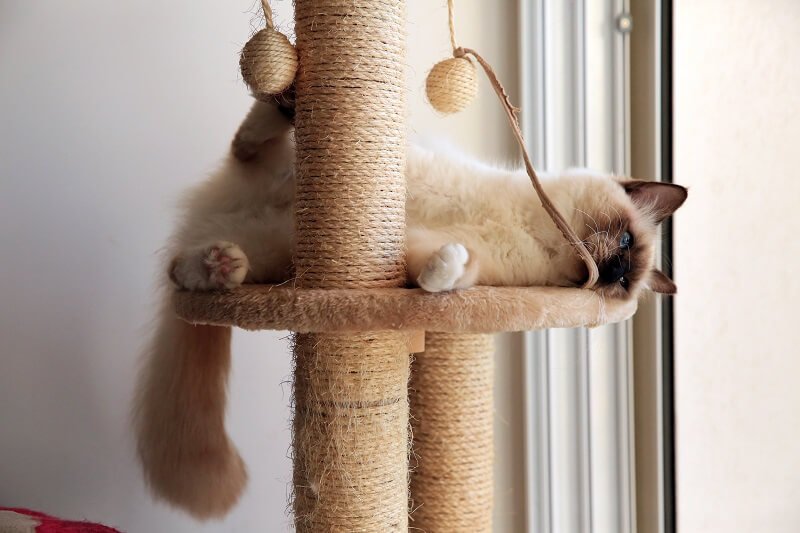
Buy a scratching post
Cats need to scratch, so it's critical that they have an alternative to your furniture. Cats will occasionally use natural scratching posts outside, such as a tree, but cats who spend a lot of time indoors will require an indoor equivalent.
A scratching post gives your cat somewhere to scratch that isn't on your furnishings. Make sure it has a sturdy base that doesn't wobble, as this may frighten your cat, and that it's tall enough for her to stretch comfortably. If you praise her (or him!) when she uses the scratching post, she will understand that scratching the post is acceptable but scratching the furniture is not!
To assist your cat in transitioning to scratching the post rather than the furniture, place the post in the proper location. Try it in a spot where your cat likes to relax, or close to furniture that they've previously scratched. Most cats enjoy scratching after waking up from a nap, so this will encourage her to prefer the scratching post over the furniture. It might take some time for your cat to show any interest in the new scratching post. Try scenting the new post with catnip or honeysuckle, both of which cats enjoy.
Clean the furniture
Another reason a cat may prefer the furniture to the scratching post is that it smells like them. They'll intuitively want to top it up as their scent fades to ensure it stays marked. To protect your furniture from pets, clean the scratched furniture to remove the cat's aroma - keep in mind that cats' noses are far more sensitive than ours! When cleaning the furniture, you must take care not to damage the material. Use a moderate, non-toxic detergent that is unlikely to stain. If you're concerned, test it on a hidden section of the furniture before cleaning the entire area.
Wooden furniture will not retain the cat's aroma as well as fabric furniture, but if this is an issue, consider cleaning it down. You don't want to get wood furniture wet, so make sure the cloth is only slightly damp and that any moisture is removed afterwards.
Citrus odours are repulsive to most cats. Using a citrus-scented detergent to keep your cat away from the furniture can be useful.
Prevent accidents on your furniture
First, make sure your cat has easy access to litter boxes. It may be worthwhile to keep many boxes in the house. If she is accustomed to being an outdoor cat, install a cat flap or allow her to go outside on a regular basis, as she may prefer to go outside rather than in.
It's also critical to keep the litter box clean. If a cat dislikes the litter box, which can occur if it is not cleaned on a regular basis, she may begin to urinate on the furniture. Cats might also be picky about the sort of litter in their litter box. Unscented clay litter is usually the best choice, but experiment with several varieties to determine if she likes one over another.
Cats may pee on furniture to attract attention or to express frustration - for example, if she is bored. Try playing with her every day and providing her with toys to keep her occupied. Find out if she was an outdoor cat if you recently rescued her. It's possible she's frustrated by her inability to explore as much as she used to. Give her plenty of stimulation and see if that helps.
Prevent a puppy from chewing wood furniture
Puppies, by nature, enjoy chewing! It helps to grow a strong jaw and teeth, relieves frustration, and is a lot of fun. However, some dogs prefer gnawing on wood, which is bad news for your furniture.
Provide other chews
Puppies must chew on something. If they don't have anything to chew on, they'll chomp on something they shouldn't! Provide a variety of chew toys since dogs, even if they have a favourite, want variety.
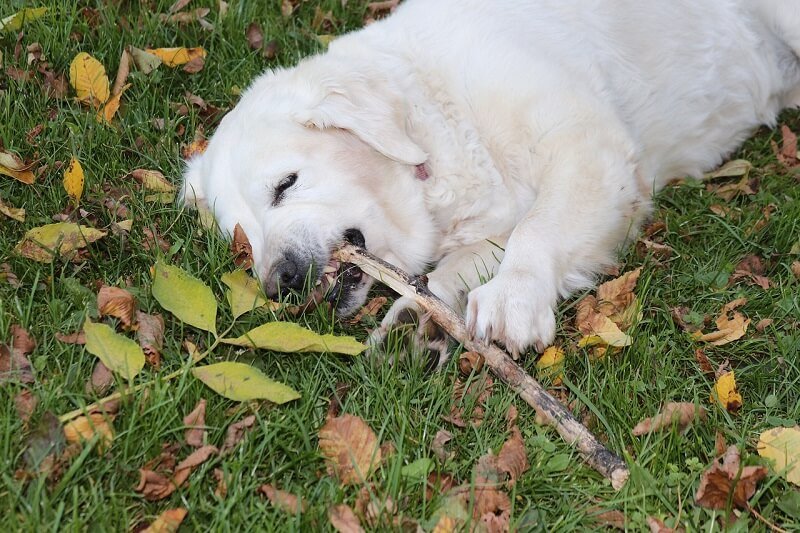
Make it taste unpleasant
Some dogs favour one texture over another. If your dog is particularly fond of wood furniture, look for a chew that more closely resembles the texture, or let him gnaw on garden branches.
No puppy will chew on something that has a poor flavour. There are numerous products on the market that are intended to be applied to furniture (or other items) to deter dogs from chewing on them.
When putting something to your wood furniture, make sure it will not discolour or damage the furniture. Keep in mind that moisture is harmful for wood. It's a good idea to start by testing the product on an out-of-sight section of the furniture, such as the bottom. Allow it to sit for a few hours to ensure that it does not discolour.
Boredom or Anxiety
Dogs must be mentally stimulated in order to thrive. When they are bored, they are more likely to engage in destructive or otherwise naughty behaviour, such as chewing on furniture.
Chewing can be an indication of anxiety. Separation anxiety is common in dogs because they dislike being alone, but it can also be due to the dog's history if it was rescued. You can look online for more information on how to help dogs with separation anxiety. It could be as simple as leaving them with an item of your clothing so they can still smell you, or leaving them for short periods of time to help them adjust more slowly.
Take your dog on frequent walks, preferably to different locations so he can smell new things and have new experiences. To keep them from becoming bored, give them lots of attention and play time.
Say 'no' all the time.
When your dog, whether a puppy or an adult, chews on the furniture, it's critical to teach him that this is unacceptable behaviour.
You don't have to yell, but you should be firm and consistent. Using a deeper voice conveys that you are dissatisfied with their behaviour. It's critical to say it every time you notice him chewing, and as soon as you notice him chewing. Allowing him to get away with it makes it more difficult for him to understand what is good and bad.

Pet Hair
Pet hair can be one of the most infuriating aspects of owning a pet! Protecting furniture from pet hair can be tricky, but there are several options to consider.
The better your dog or cat is groomed, the less hair they will shed around the house. If you have a long-haired dog, you could take them to the groomer once in a while for a haircut. This will reduce shedding.
Brush your dog or cat on a regular basis, sometimes once a day as the seasons change and they shed their winter coat. Depending on how much your pet enjoys being brushed, this may be easier said than done! It does, however, help to remove all the loose hairs so you can throw them away all at once rather than finding them all over the house and furniture.
While it won't help with pet hair, clipping your dog's claws can help reduce scratches on your furniture. Some dogs' claws are naturally kept short by walking on concrete or other hard surfaces, but others may require clipping. It might be a good idea to hire a professional to do this.
Use a pet blanket
You can train a dog or cat to only sit on the sofa, bed, or other piece of furniture if it is covered by a blanket. This can help to keep pet hair off the furniture, and the blanket can be removed when you don't want the pet on the sofa - or when it needs to be washed!
Make use of a sofa cover.
If you don't want to deal with the hassle of a specific blanket, you could get a sofa cover. These can be left on the sofa semi-permanently to protect it from pet hair and then removed to be washed or when you have guests over.

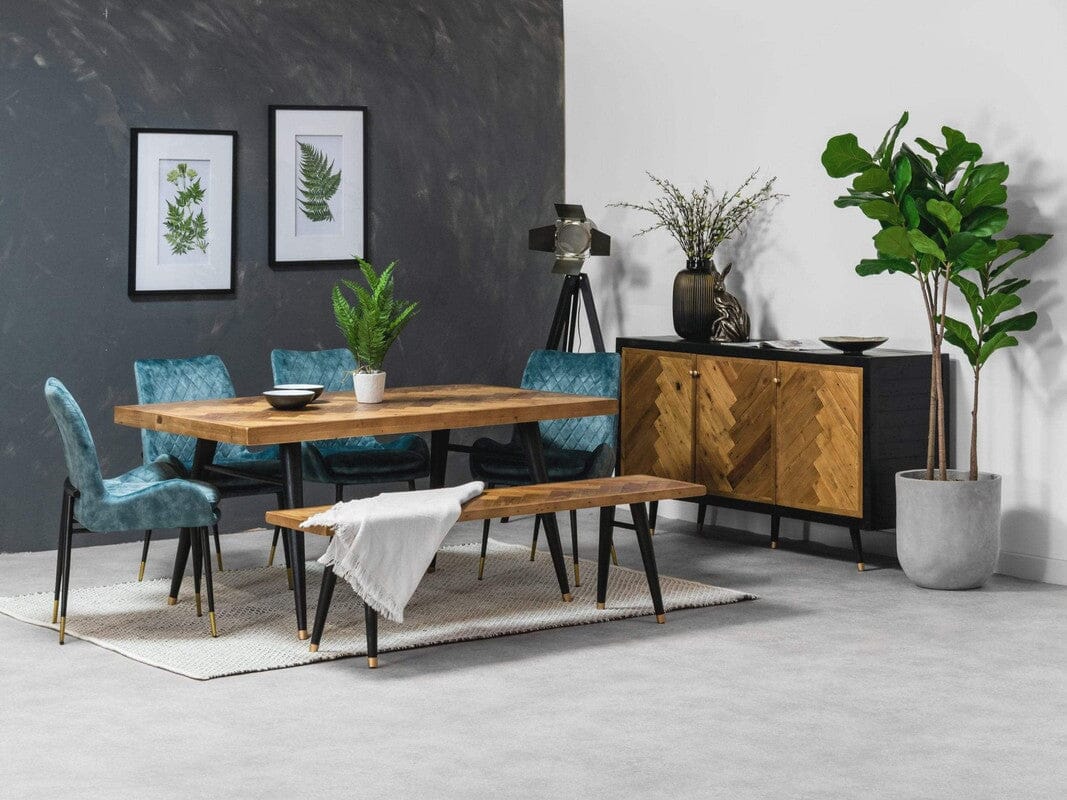
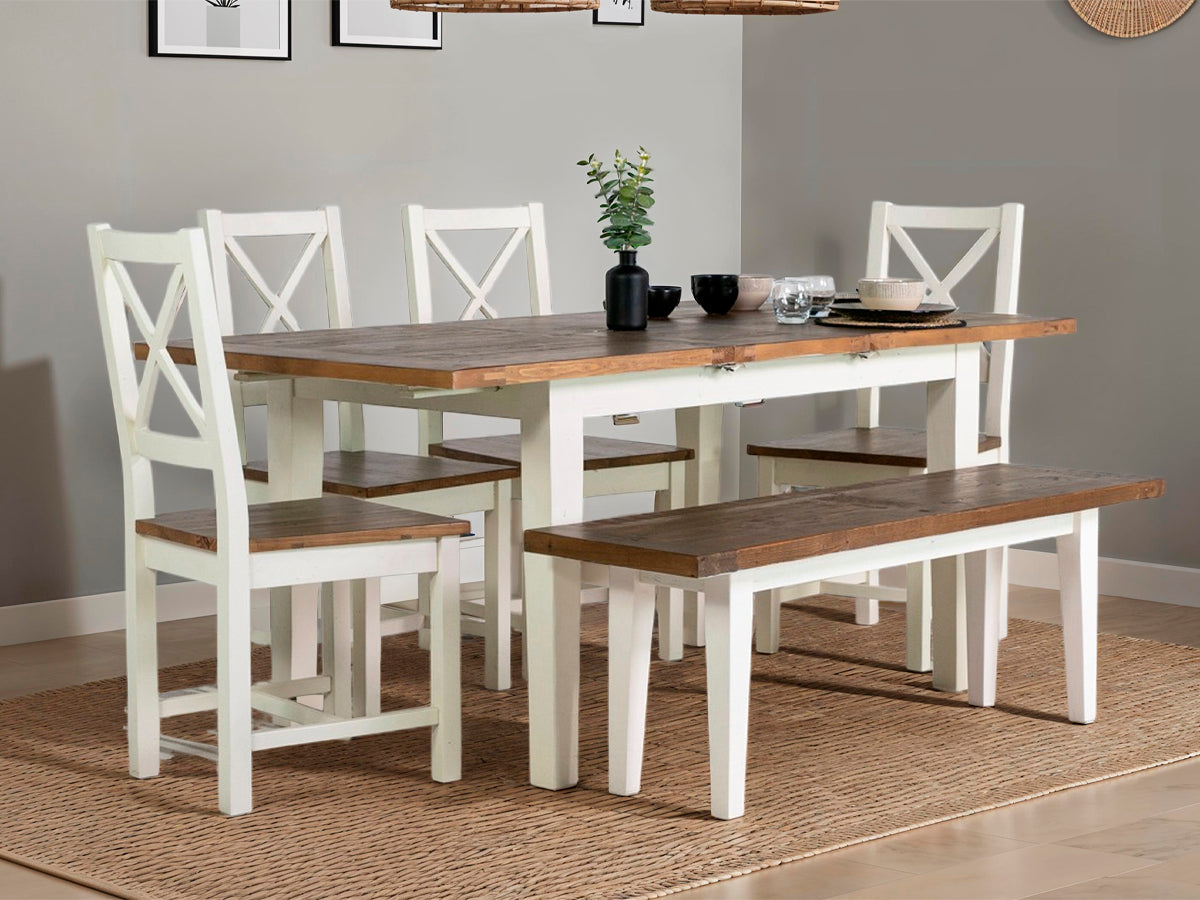
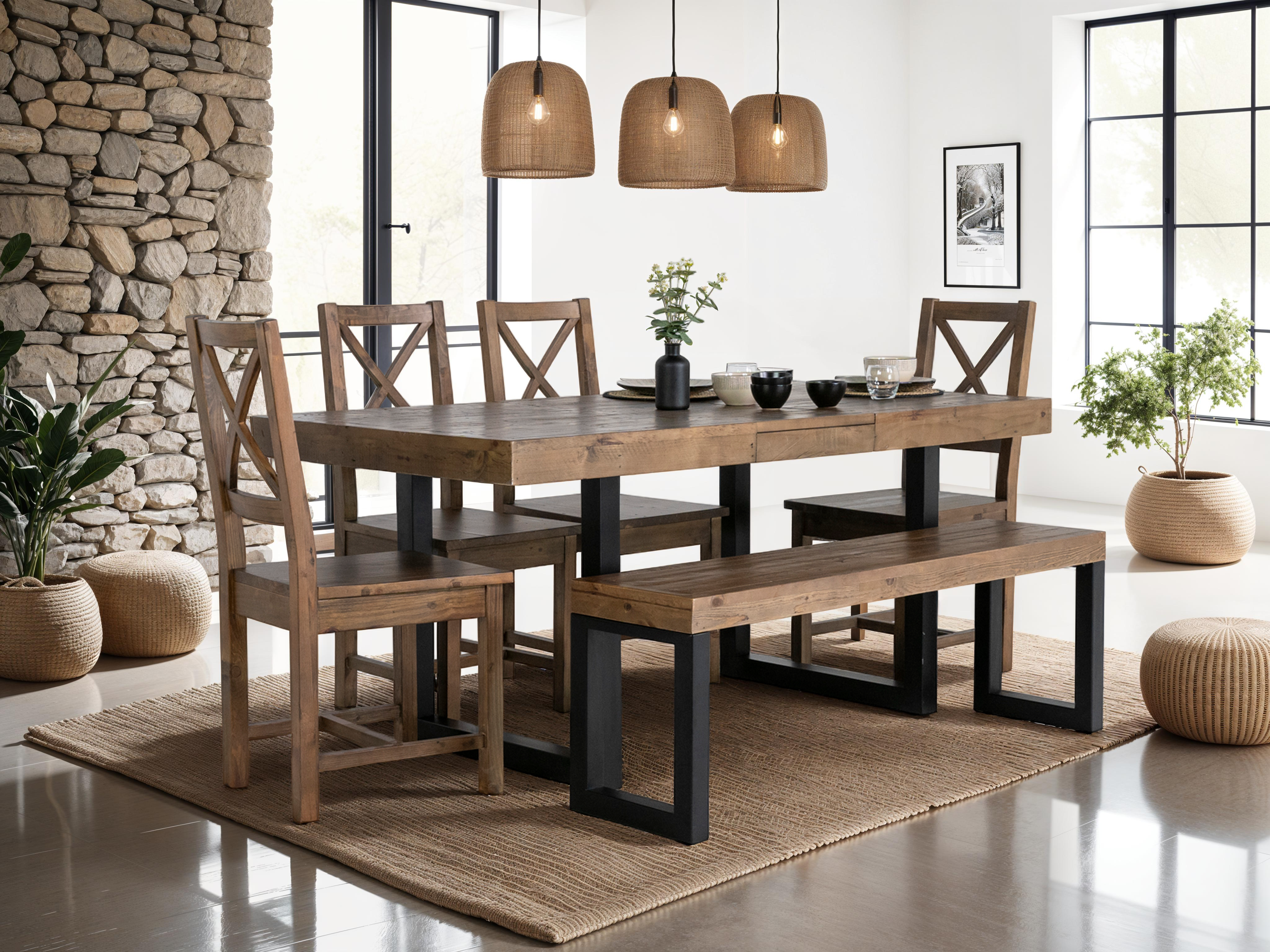
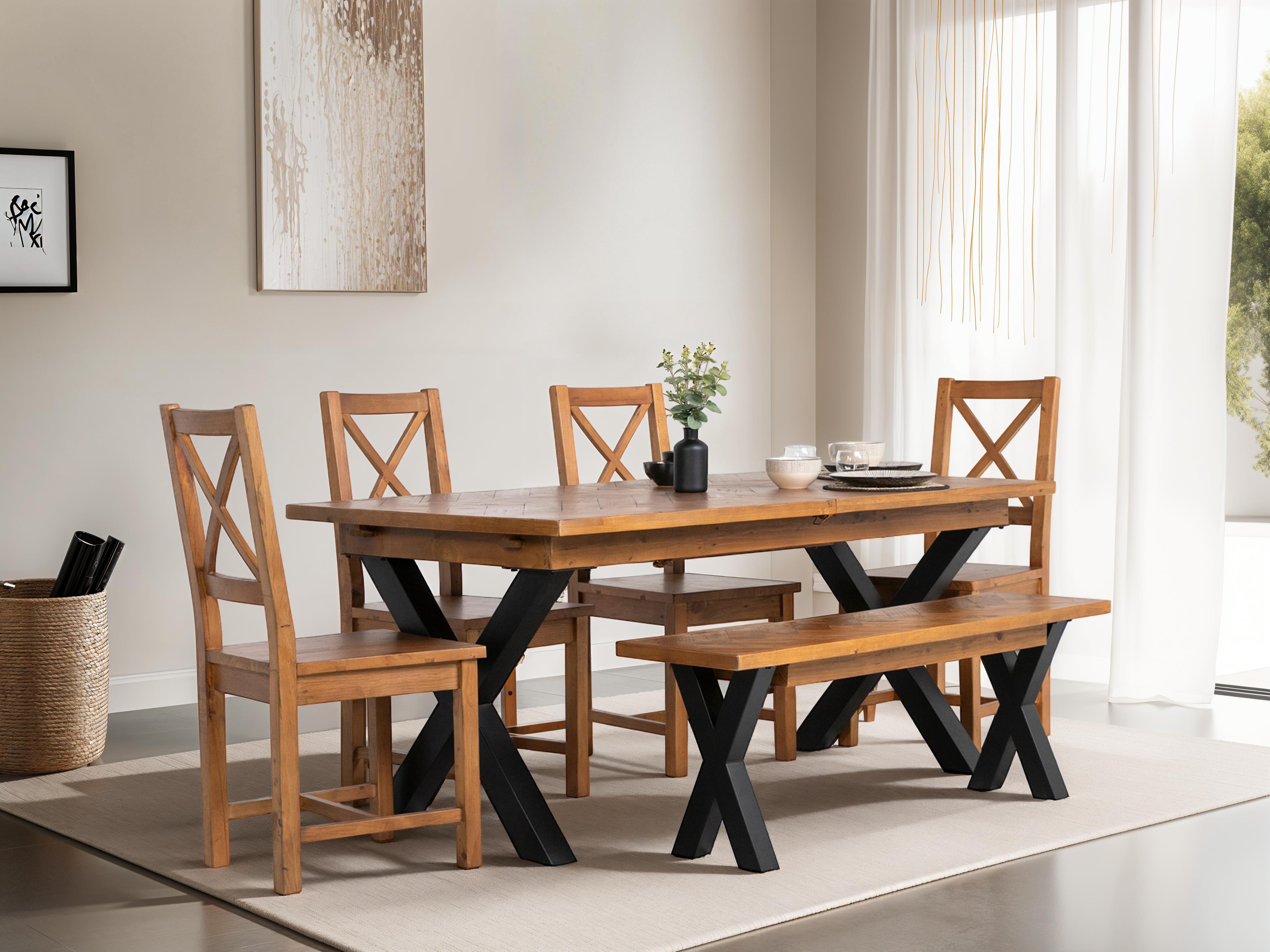
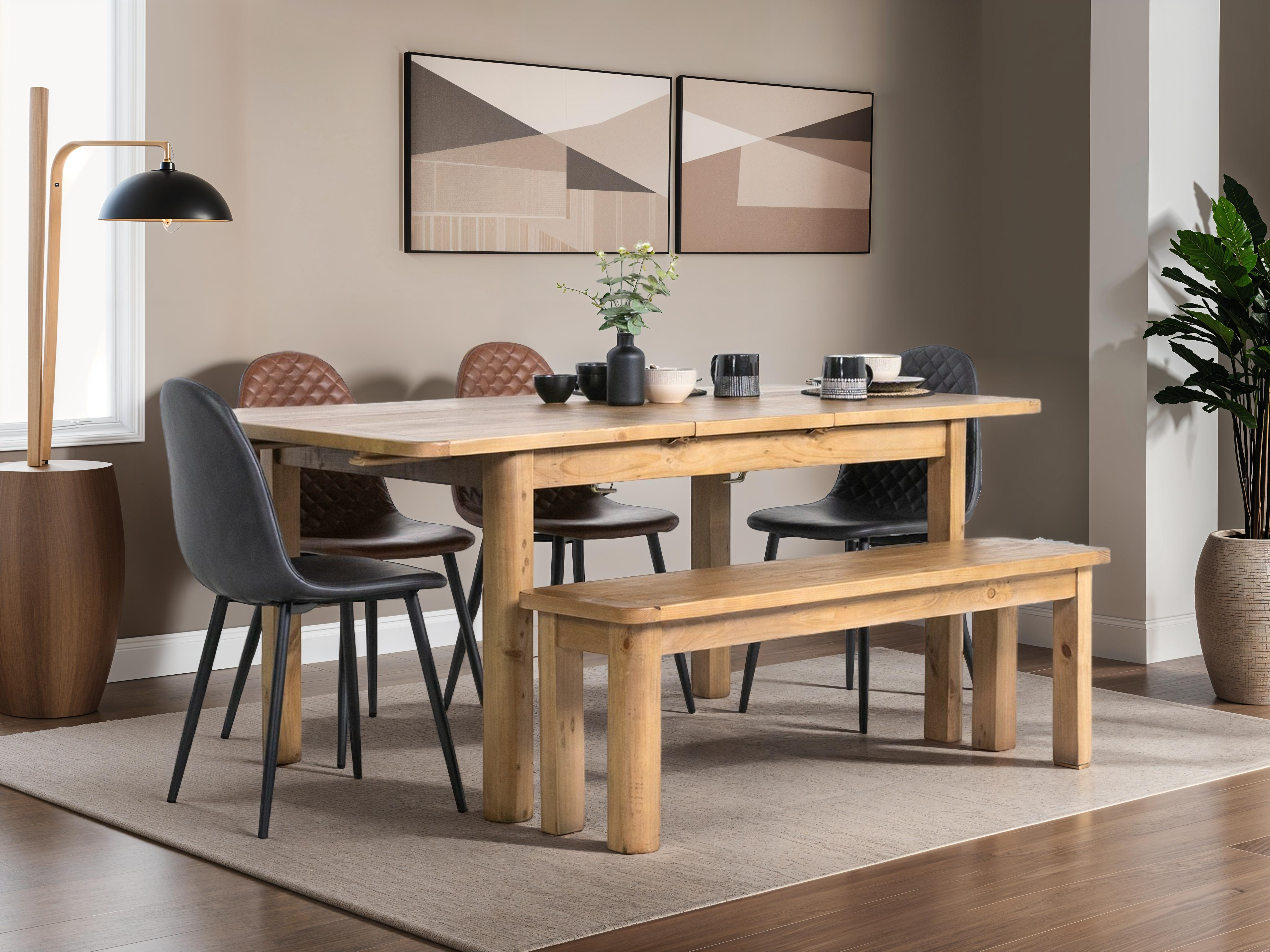
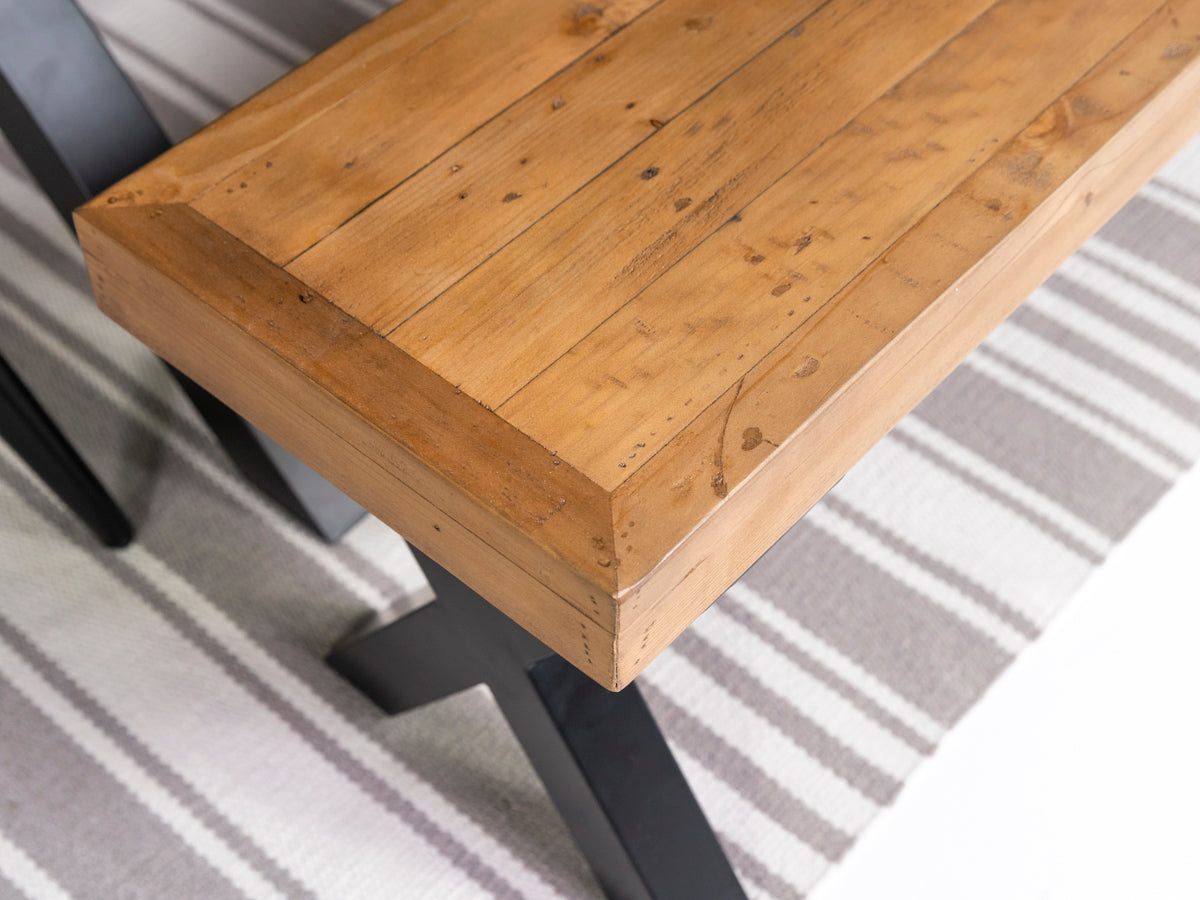
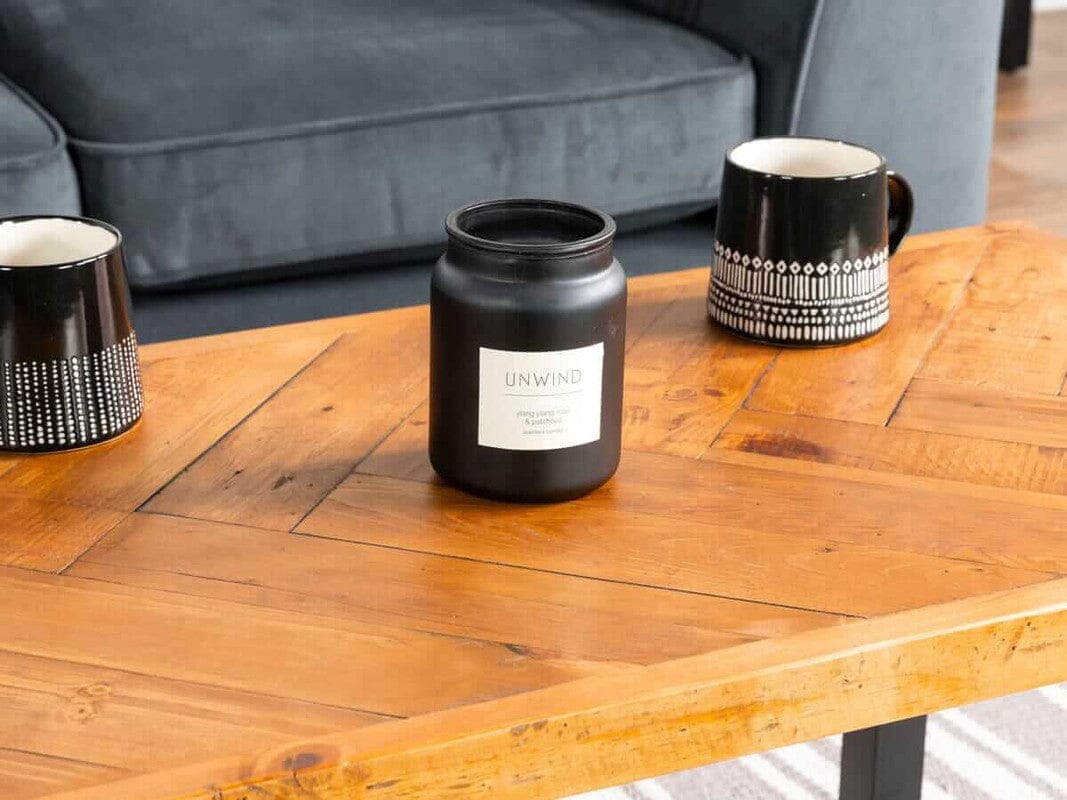
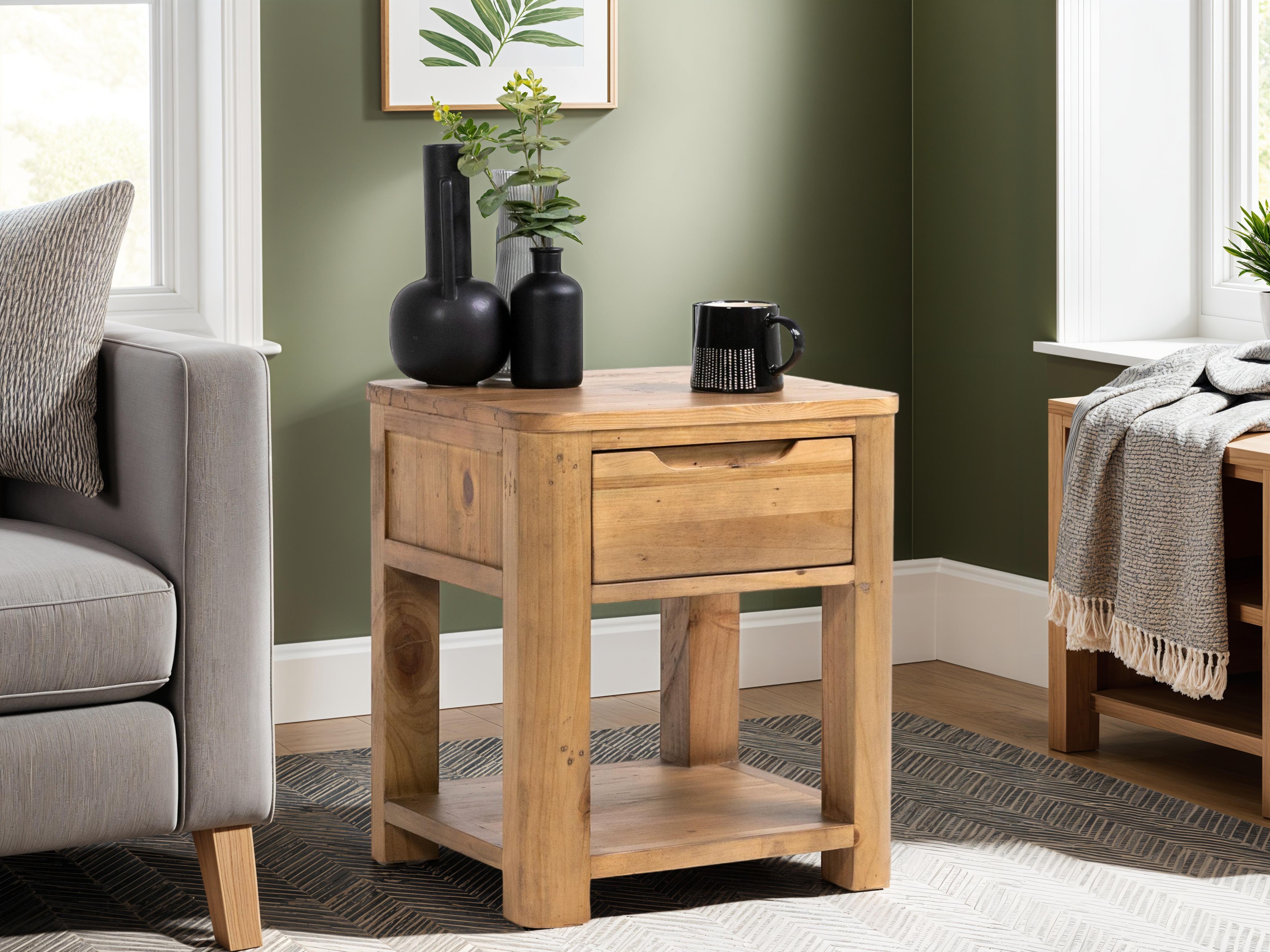
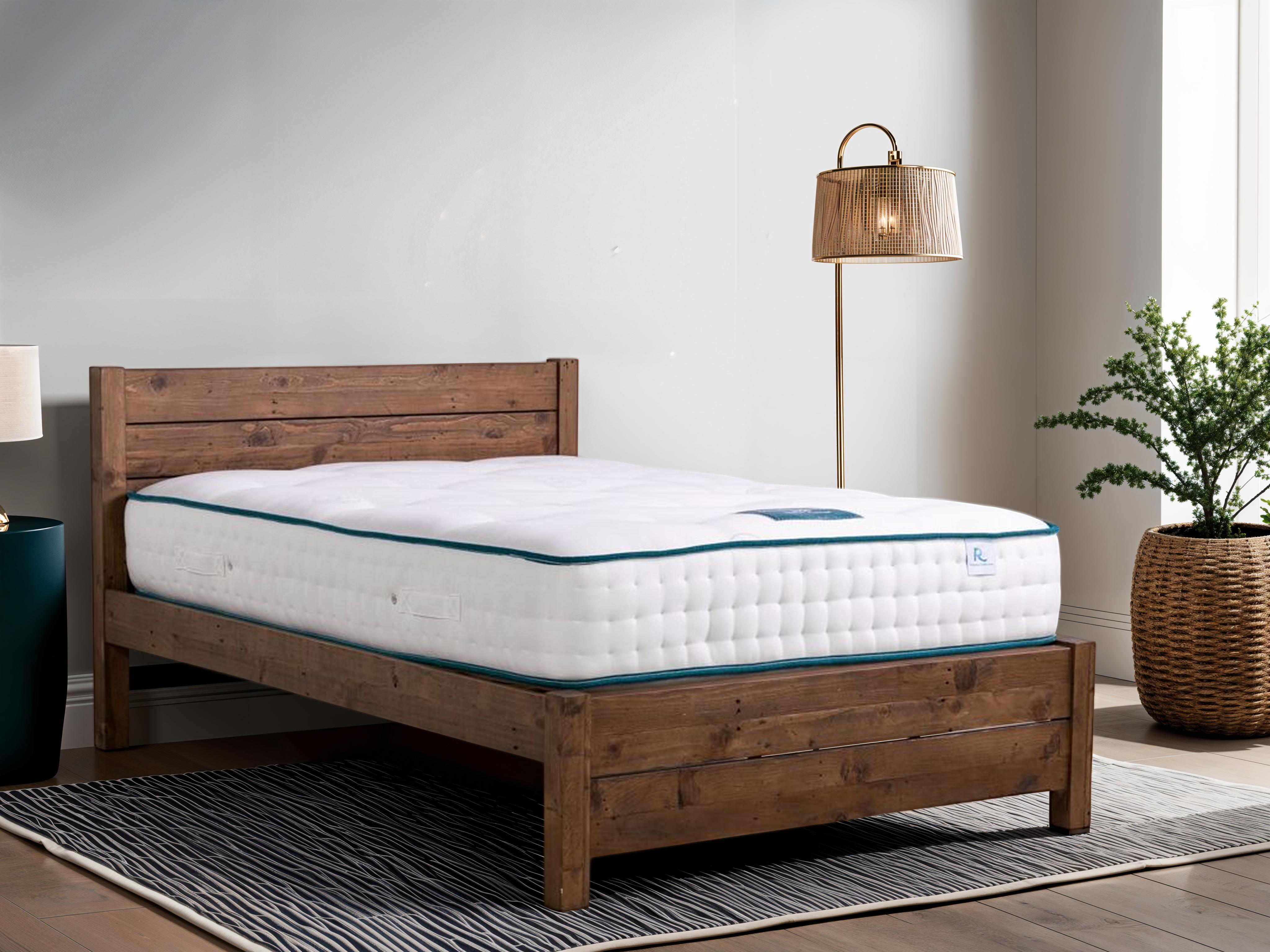
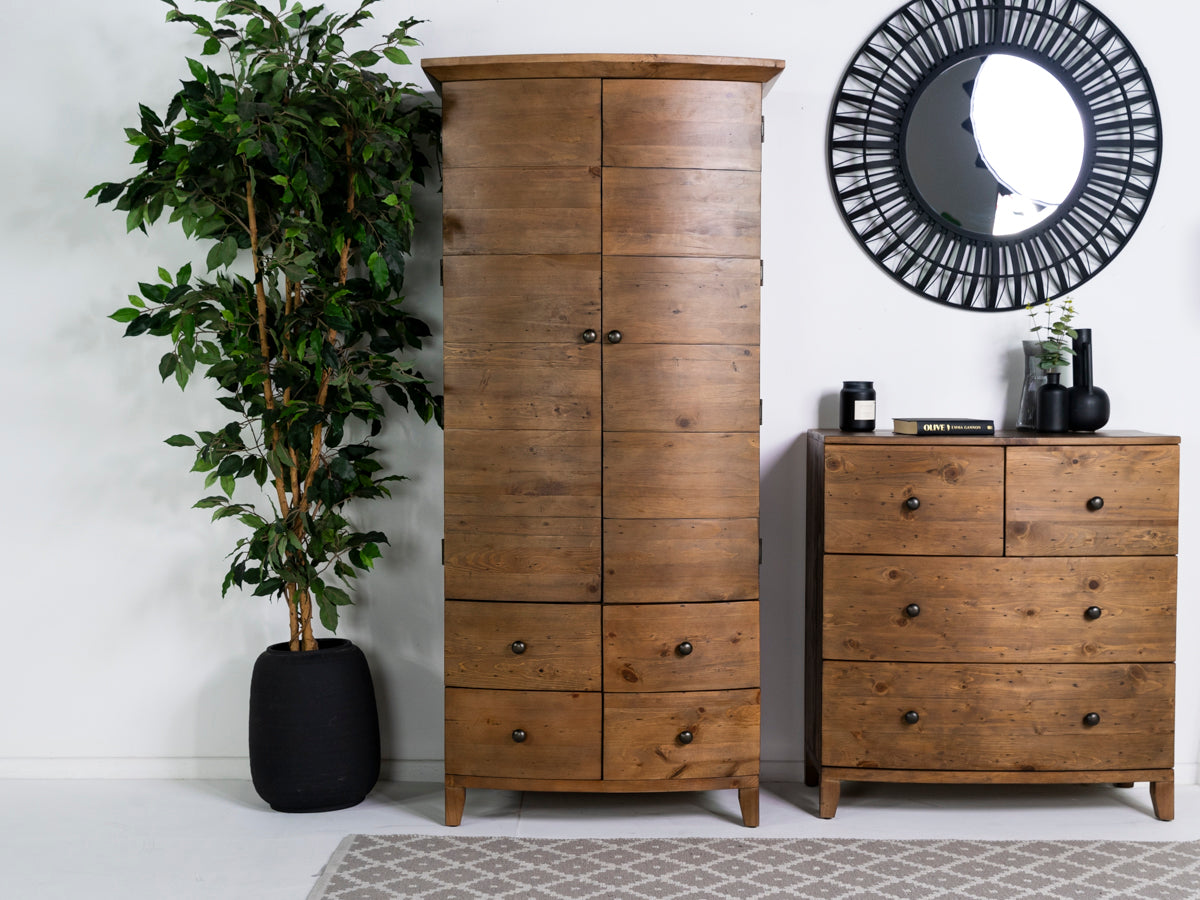
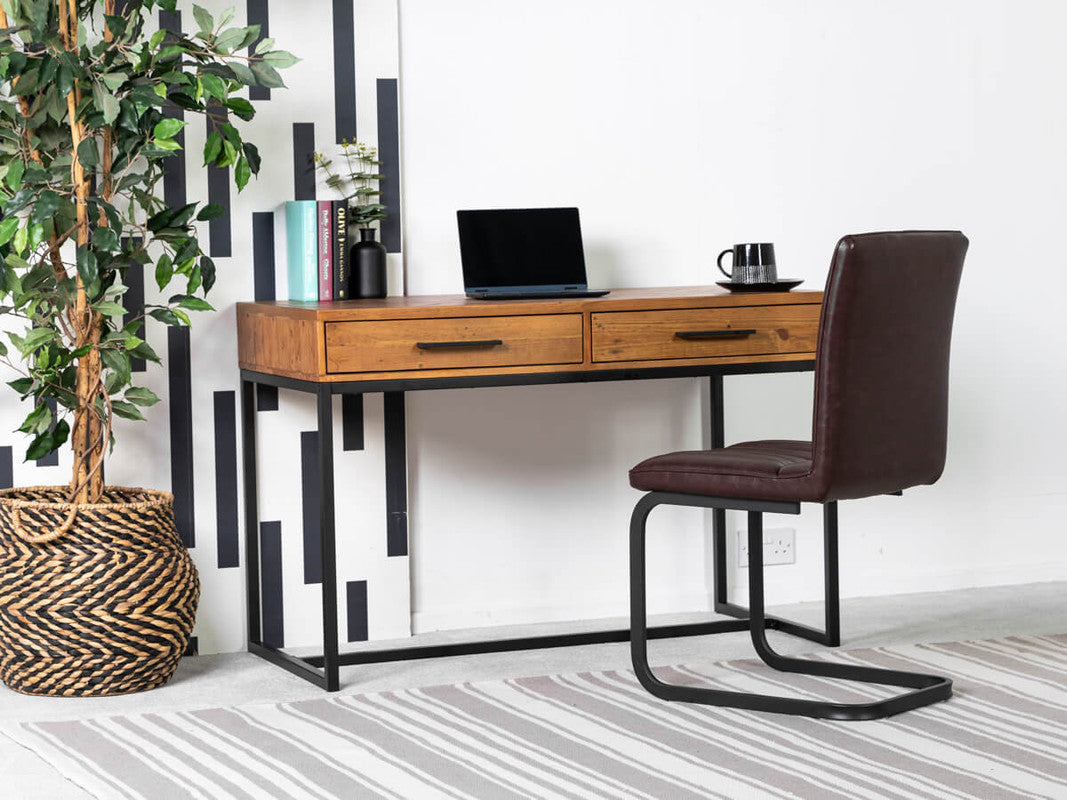
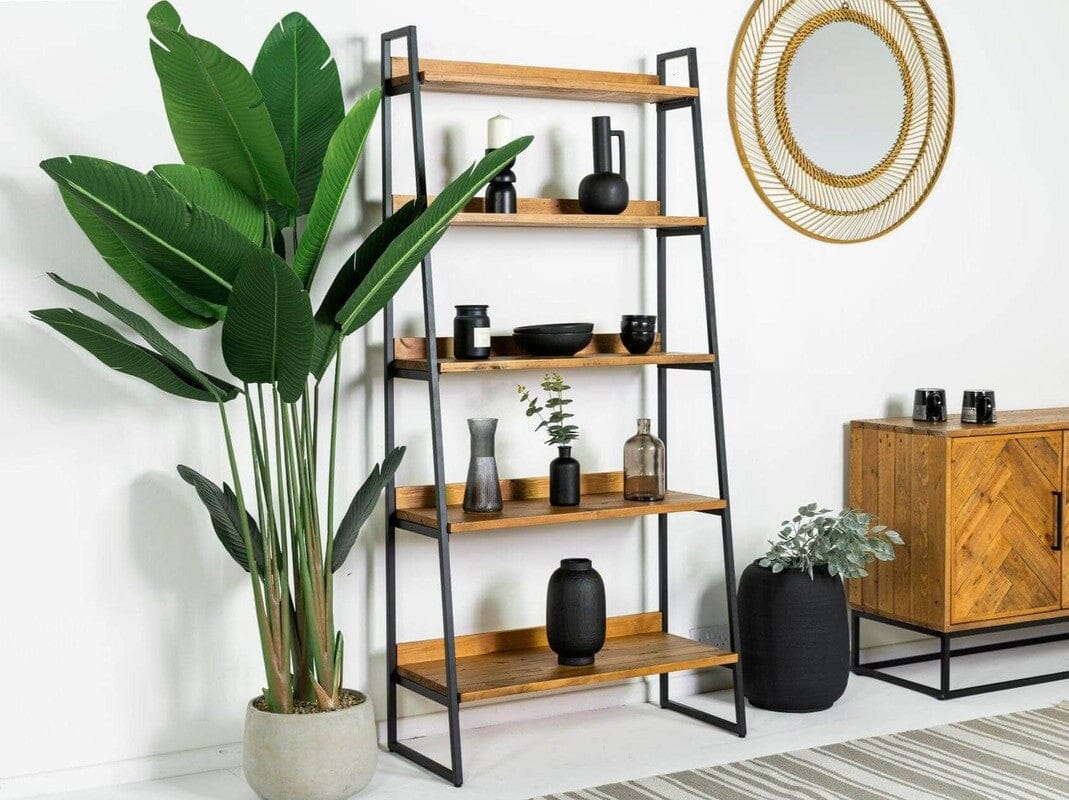
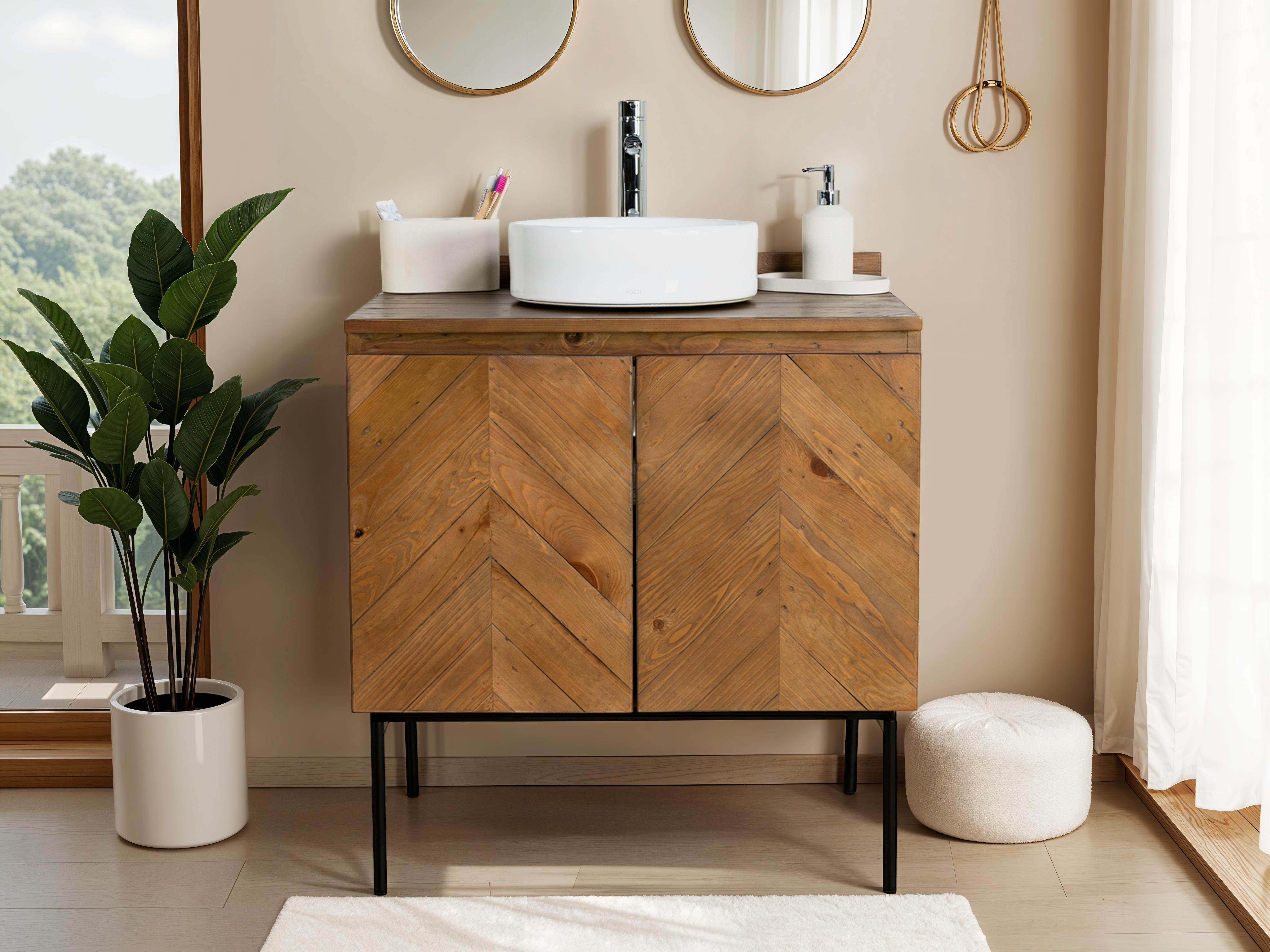
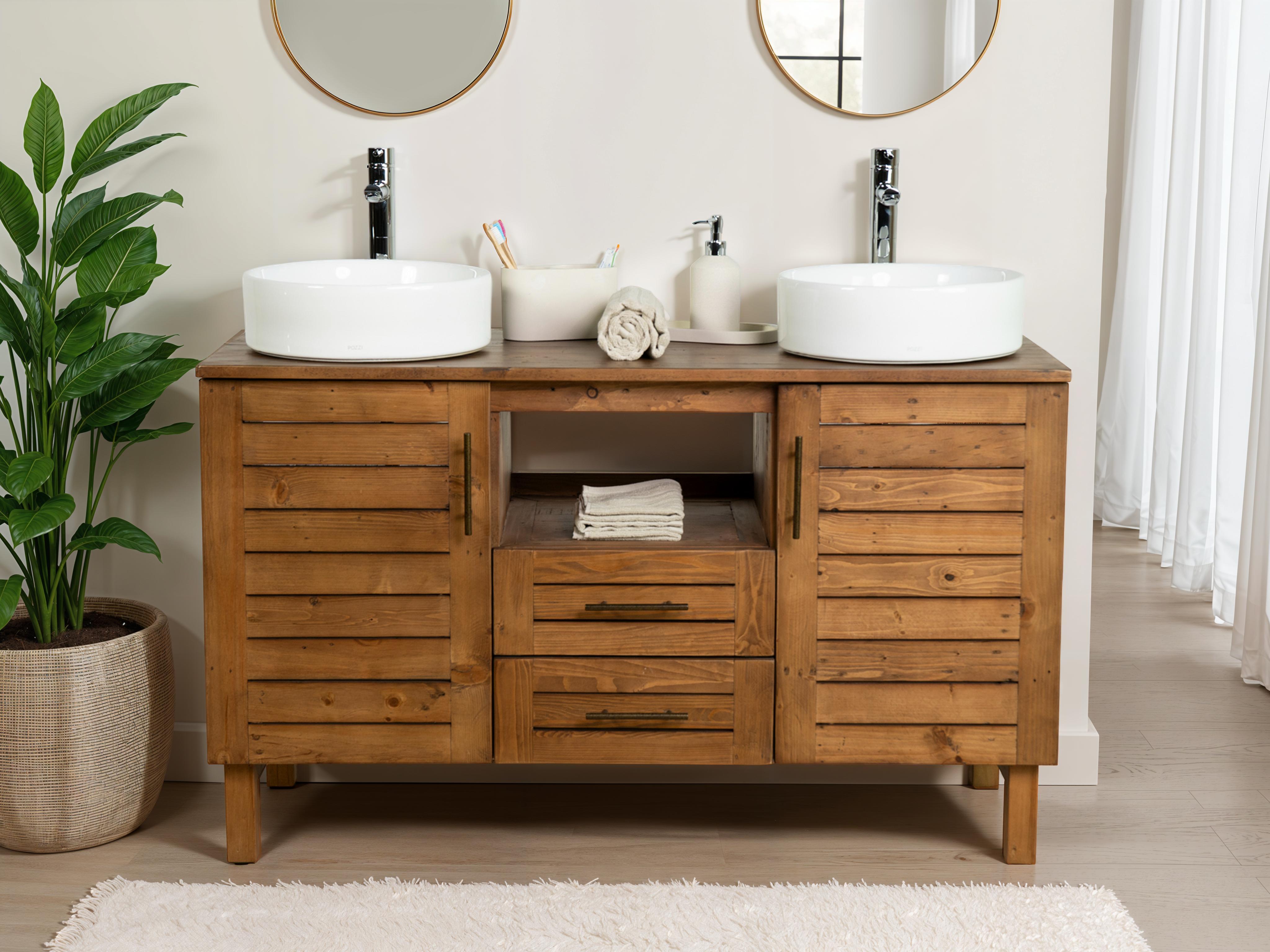





Leave a comment
This site is protected by hCaptcha and the hCaptcha Privacy Policy and Terms of Service apply.